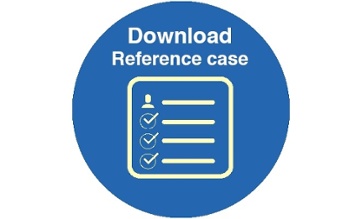Isn’t your visual identity just your logo and a letterhead? Well, it is, but it’s also a whole lot more. Think about all of the opportunities you have to highlight your visual brand ID – websites, business cards, office décor, digital and printed brochures and newsletters, signage, trade show booths, banners, products, product packaging, t-shirts, pens, mugs and other swag … the list is practically endless.
Given all the different places and formats where your brand might appear, it’s important to figure out in advance how your visual identity should be used in all instances. It’s also important to have all the right formats and graphic elements at hand so you can easily provide vendors and colleagues with the files and images they need.
So beyond a logo and a letterhead, what should your visual brand identity include?
These are the key elements:
- Logo -> This might be your company name only, or a graphic along with your name, or just a graphic. You’ll need a horizontal version, a vertical version, and a black & white version.
- Fonts/typefaces -> These are for your logo, and for all marketing materials, websites, signage and company correspondence.
- Colors -> You’ll want a first and secondary color palette, which you will use for just about everything, including the paint on the walls at your HQ.
- Graphic elements -> These might be swishes, swirls, lines, circles, images, or photos.
- A photo style -> Your photos don’t have to all look the same, but it’s best if they are similar in style, ie. high key or low key, black & white, close-ups of faces or wide angle shots … a similarity in style will unify all of the images you use in your marketing collateral.
It sounds complicated, but in the hands of the right marketing specialist, the process is quite smooth. As you develop your visual brand identity, one of the most important deliverables will be your style guide. This extremely-detailed book will contain specifications and rules that outline exactly how your logo, typefaces, imagery, photography, etc., should be used, with all the information your graphic designers and co-workers need to use your visual brand elements.
Want to know more? Find out how a leading graphics software company created a strong new visual identity for its best-selling workflow solution by clicking the button below:




.png?width=1080&name=Rebranding%20LS-3-Profile%20pic%20(1).png)